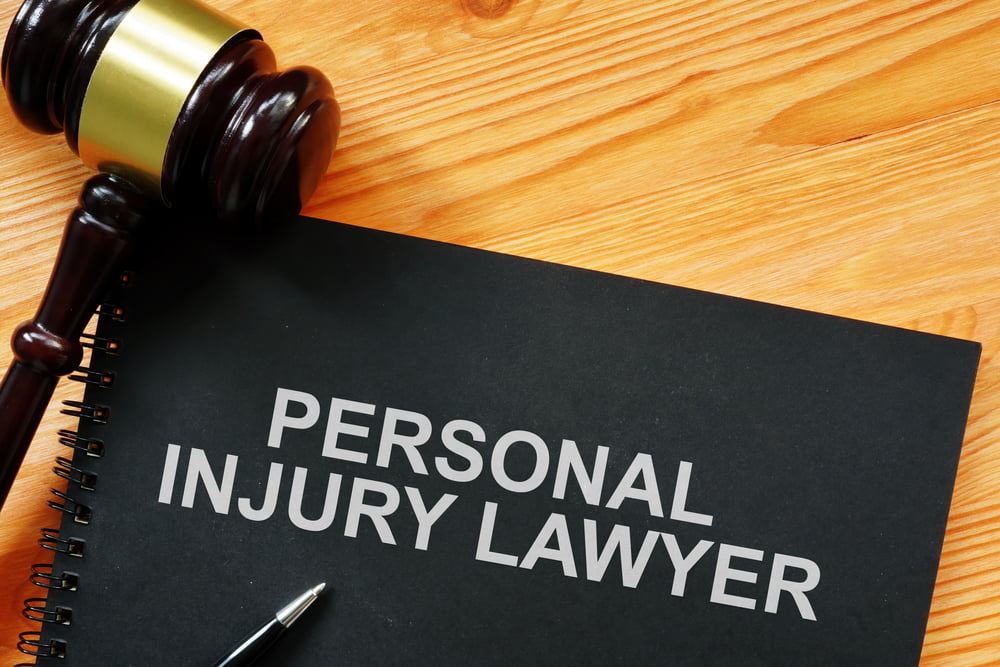It is true that pre-existing injuries can create issues for your personal injury case, especially where you had a prior injury to the same area that is alleged to have been injured in the accident. Though this is not the whole story, within a personal injury case a key concept that sometimes comes up is the “thin skull rule.”
What is the “thin skull rule”?
The thin skull rule holds that compensation to the plaintiff in a personal injury case cannot be limited simply because the plaintiff had a pre-existing condition that made them more susceptible to the injury occurring.
An example of this might be for instance, where the plaintiff suffers a herniated disc and it is argued that they had a pre-disposition to suffer this injury by virtue of a prior injury that they had sustained. The argument would be that the prior injury degenerated the spinal disc enough to make the plaintiff more susceptible to suffering a herniated disc in the accident. This is true even though the injuries might be unexpectedly severe.
Are There Any Caveats to the Thin Skull Rule?
A common caveat that may arise is the countervailing rule known as the crumbling skull rule. The crumbling skull rule by contrast operates to limit recovery of compensation where the victim of the accident had a pre-existing condition that would have degenerated into the injury regardless of the accident in question has occurred.
In such cases, the subject accident merely accelerates the degenerative process by which the pre-existing condition would give rise to the new injury. In contrast to a thin skull situation, this is a situation whereby the injury would have degenerated regardless of the accident but the accident merely results in the degenerative process occurring sooner than it would have otherwise.
This is in keeping with the general tenet of tort law that a defendant should only have to compensate the injured party to return them to the position they would have been in prior to the accident. For more information about how pre-existing conditions may impact your settlement, please see our blog on this topic.
How is it Determined Which Rule is Applicable in Each Situation?
As with anything in the course of your personal injury case, the answer will always ultimately depend on what the medical evidence supports.
If it is shown on the balance of probability that the deterioration of condition from the pre-existing condition would have occurred without the accident, but that the deterioration merely happened sooner by virtue of the accident then the crumbling skull rule will apply.
By contrast, wherein the evidence reflects that the pre-existing condition merely made the injury more likely to result from the accident then the thin skull rule will apply.
Practically What Does This Mean for my Personal Injury Case?
Depending on the circumstances effectively what this means is that your compensation may be limited by virtue of your pre-existing condition. Where the prior condition merely makes the injury more likely to occur then it will not be available to the defence to argue that compensation should be reduced.
How Can I Help My Lawyer Navigate Whether the Thin Skull or Crumbling Skull Rules Are in Effect?
These rules underscore why it is important to tell your lawyer about any relevant pre-existing conditions at the outset of the case. This can help your lawyer formulate a strategy during the course of negotiations and allow them to better be able to consider the circumstances and look at arguments for and against thin skull and crumbling skull applications.
The Precedent-Setting Injury Lawyers at James H. Brown and Associates are Here For You!
James H. Brown & Associates is eager to hear from you! Our lawyers are experts in the field of personal injury law, with decades of experience in our office we are eager to help you navigate how your prior conditions interact with your personal injury case. Our lawyers can help you understand how a condition will interface with and affect your case. Call us today for your free consultation! Our lawyers are eager to assist you! 780-428-0088, our lawyers are standing by.

















